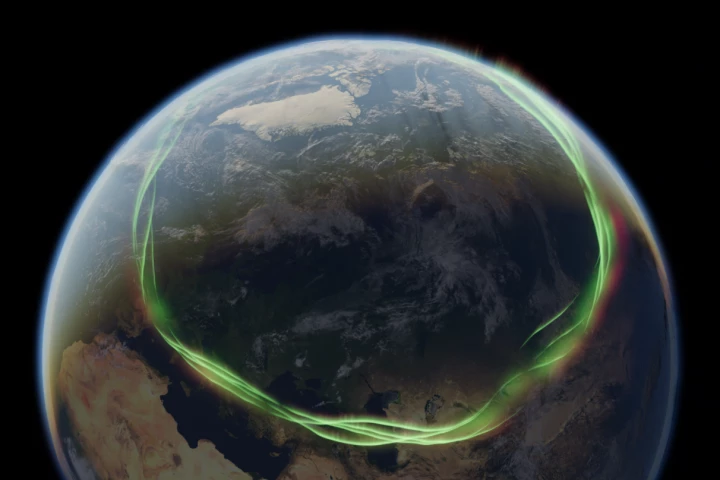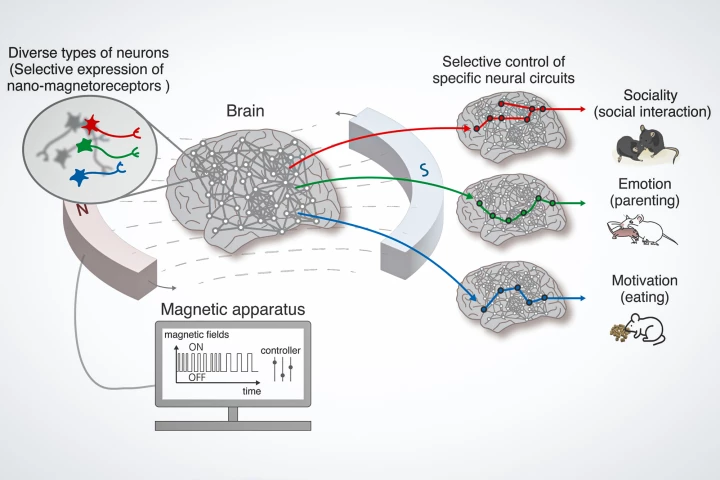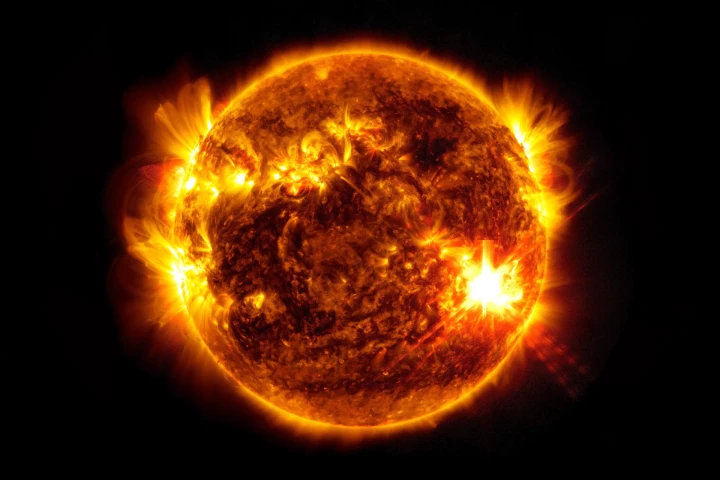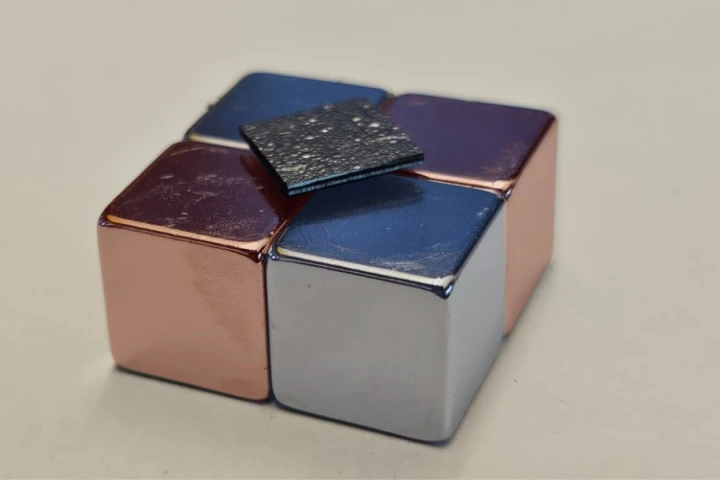Magnetic field
-
Many persistent sinus infections involve biofilms – colonies of bacteria that group together to resist efforts to kill them. Now, researchers have developed biofilm-blasting bots that could handily deal with these, and other, bacterial infections.
-
If you ever travel back in time around 41,000 years ago, pack some sunscreen. New research suggests that during a cataclysmic polar reversal, our ancestors might have covered themselves in mineral-rich ochre to survive harmful solar radiation.
-
A preserved tree fossil gives an unprecedented view into a moment 42,000 years ago when the Earth’s magnetic field went haywire, triggering environmental chaos, influencing everything from an increase in cave paintings to the Neanderthal extinction.
-
Scientists at North Carolina State University have created a magnetic “metasheet” that can move objects and liquids around without needing robot arms or grippers.
-
Researchers have developed a gene therapy technology that uses magnetic fields to control specific brain circuits. In addition to Parkinson’s disease, the tech could be used to treat conditions as diverse as depression, obesity, and chronic pain.
-
Scientists have developed the world’s strongest resistive magnet, which produced a steady magnetic field of 42 Tesla (T). The system could improve devices that use magnets, as well as enable a range of new experiments that probe electromagnetism.
-
Inspired by the color-changing skin of squids and other cephalopods, researchers have developed a flexible screen capable of storing and displaying encrypted images without using electronics – just tiny magnetic particles.
-
A new two-step process that safely rewarms frozen tissues using nanoscale magnetic rods could preserve donor organs long-term. The procedure provides an alternative to current time-limited methods and paves the way for more life-saving transplantations.
-
Researchers have developed a remote, non-invasive method of selectively controlling neurons in the brain using magnetic fields. The technique opens the door to a greater understanding of brain function and, potentially, new treatments for disorders.
-
While millions of people who couldn't normally see the aurora took in the recent color-filled spectacle in the night sky, NASA's Solar Dynamics Observatory was looking straight at the sun to catch the action. The fiery footage is well worth a watch.
-
The Earth’s magnetic field is vital for life – without it, the Sun’s radiation would sterilize the planet. But a new study suggests we wouldn’t be here at all if that magnetic field hadn’t almost completely collapsed half a billion years ago.
-
Magnetic levitation is used to float things like lamps and trains, but usually it requires a power source. Now, scientists in Japan have developed a way to make a floating platform that requires no external power, out of regular old graphite.
Load More











